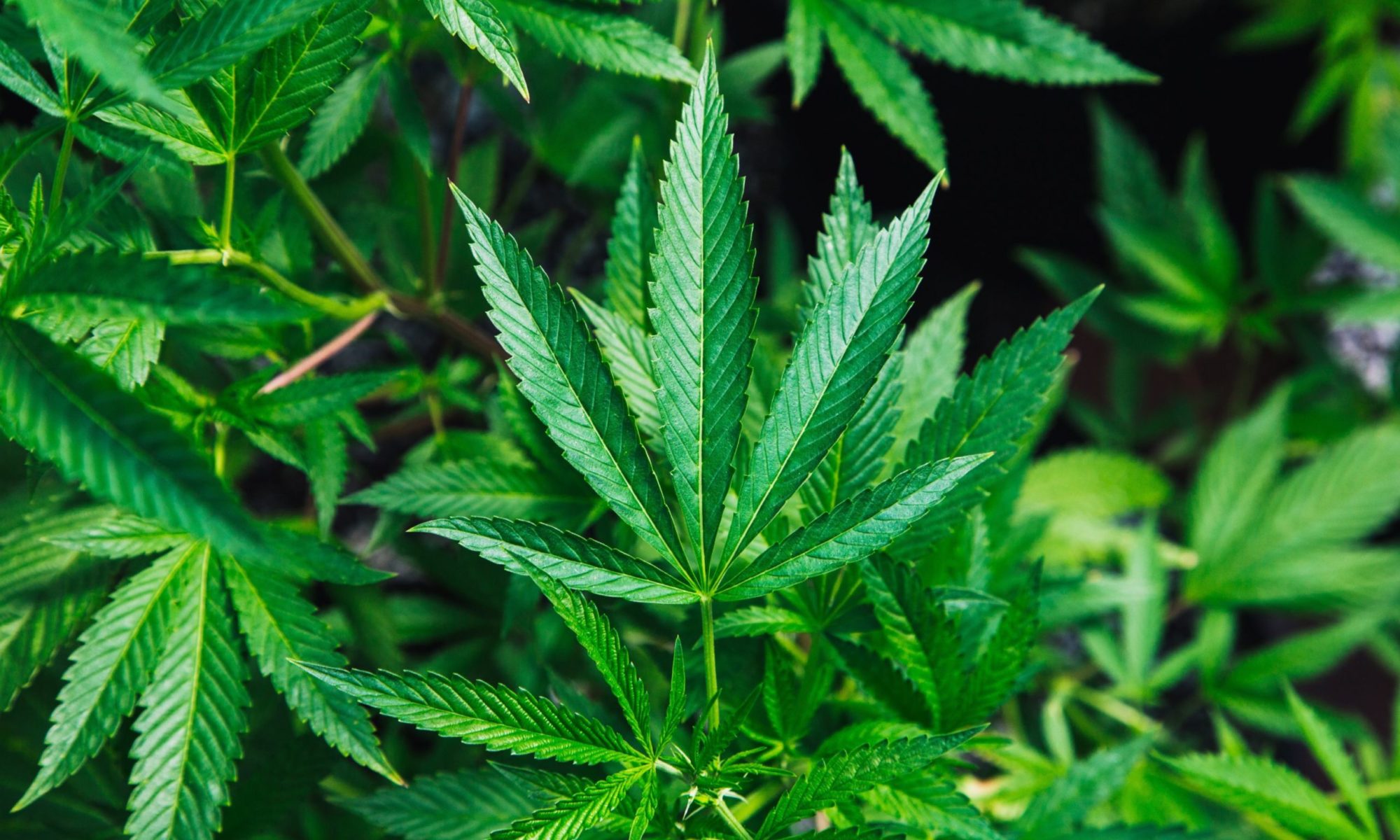Regular cannabis seeds are natural cannabis seedlings which have not been genetically altered or chemically altered in any manner. They are normally developed from male and female plants and produce about fifty percent males and fifty percent female offspring.

Despite the increasing popularity of feminized cannabis seed brands, regular cannabis seeds remain available by most reputable breeders today. Regular cannabis seedlings provide the same traits in a lower cost than their feminized counterparts and can sometimes do a better job of preserving the finest qualities of each parent plant as well. This ensures you get a higher quality product and will grow more effectively and at the same time yield higher harvests.
As you might be aware, cannabis has different kinds of chemicals called terpenes, which give each variety its distinctive smell, taste, texture, and color. Terpenes are released into the air, when plants are growing and when they are exposed to sunlight, and the amount of terpenes is also influenced by environmental factors like humidity, heat, etc. Although each type of cannabis plant has its own unique terpenes, most strains will have a combination of three or more terpenes, although some may have only two or three.
Terpenes are not only used to give the marijuana a certain “smell”, but also to give it a flavor, so that the marijuana does not turn bitter or have a bitter after taste, as is common with some types of tomatoes. When the terpenes are exposed to sunlight, they are broken down into tiny pieces, which float in the air where they are picked up by an enzyme called thiamine. Thiamine is what gives the marijuana its bitter taste, and when the tepees are picked up by this enzyme, they are broken down into smaller pieces, which are then inhaled by the user and converted into THC, the substance that provides the marijuana’s intoxicating effect.
Thiamine is a vitamin and is also required by human beings to convert fats into energy, which is one of the functions of thiamine. deficiency.
Regular cannabis plants have different amounts of thiamine in them, depending on where they were grown. For example, African cannabis is rich in thiamine because of the soil in which they are grown, but is not as efficient in producing flowers and buds due to the lower levels of these enzymes in the soil.
Regular cannabis seedlings contain both male and female plants and the majority of the offspring produced are female. Some of the males are cross-fertilized with the mother plant to help improve the male-to-female ratio.
Thiamine can also be found in animal food such as milk, which is a good source of nutrition for animals who cannot absorb their thiamine from their diet. However, it can be poisonous to humans if taken in excess. It may cause an increased heartbeat and a rapid breathing rate, as well as nausea and vomiting.
Thiamine, which is a vitamin B complex, helps to build the muscles and bones, as well as maintain a healthy nervous system and nervous tissue. In addition, it is required for the manufacture of nucleic acids, which form DNA and RNA.
Although thiamine can be taken in sufficient quantities, or in small doses, it is advisable to avoid taking more than the recommended daily allowance, especially when starting an intake of cannabis for the first time. This is because it can cause a buildup of thiamine in the liver, where it inhibits the production of acetylcholine.
If you decide to grow your own cannabis, you may want to have regular cannabis seeds, which contain higher levels of thiamine. and have it shipped to you to increase the amount in the plant. If this is not an option, you may want to buy some pre-mixed cannabis seeds from a reputable retailer, which is pre-cut and pre-moistened to help protect the plants from frost or cold.
Because thiamine is required for the synthesis of amino acids and neurotransmitters, thiamine deficiency can have adverse effects on the brain and nervous system and cause depression and seizures. Thiamine should also be avoided if pregnant or nursing, or for people with a history of liver disease.








